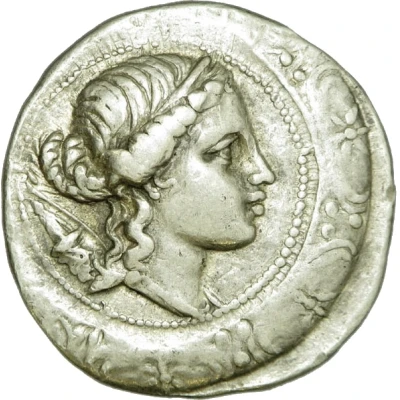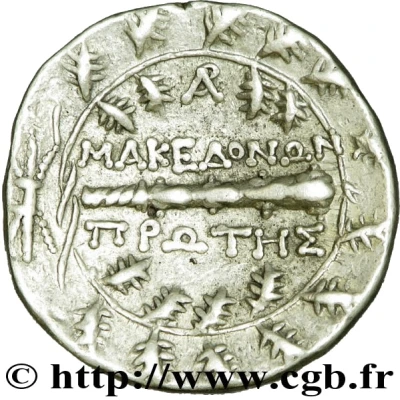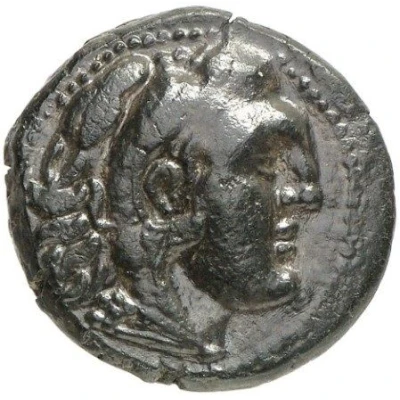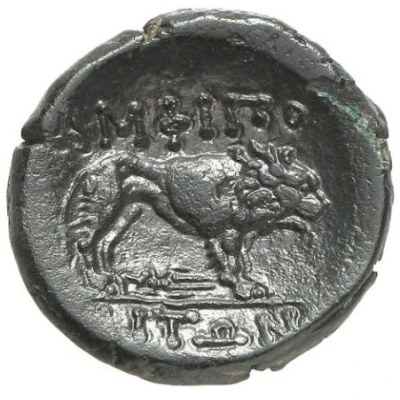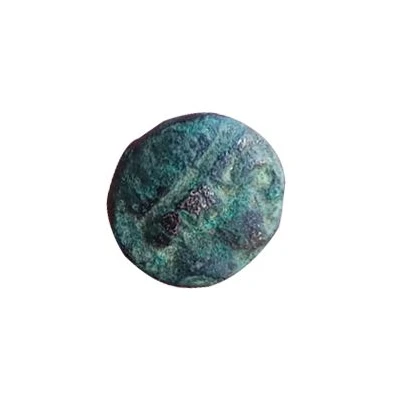
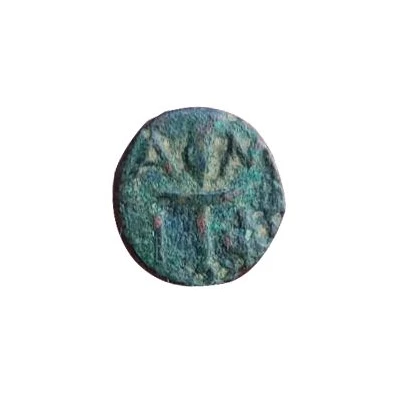

Obverse © Geison Pulga (CC BY-NC-SA)
Half Chalkon Amphipolis 380 BC - 357 BC
| Bronze | 1.3 g | 11 mm |
| Issuer | City of Amphipolis (Macedon) |
|---|---|
| Type | Standard circulation coin |
| Years | 380 BC - 357 BC |
| Value | Hemichalkon (1⁄96) |
| Currency | Drachm |
| Composition | Bronze |
| Weight | 1.3 g |
| Diameter | 11 mm |
| Shape | Round (irregular) |
| Technique | Hammered |
| Orientation | Variable alignment ↺ |
| Demonetized | Yes |
| Updated | 2024-10-10 |
| Numista | N#382851 |
|---|---|
| Rarity index | 97% |
Reverse
City abbreviation read clockwise surrounding torch
Script: Greek
Lettering: A-M Φ-I
Translation: Amphipolis
Interesting fact
The Half Chalkon coin was used as a form of currency in the ancient city of Amphipolis during the 4th century BC. Its name "Chalkon" is derived from the Greek word for "chalkos," meaning copper, which was the primary metal used to mint the coin. The Half Chalkon was equal in value to half of a full Chalkon coin. Despite its small size and value, the Half Chalkon was an important part of everyday transactions in ancient Amphipolis, and its design has been preserved as a piece of history for us to learn from and appreciate today.
